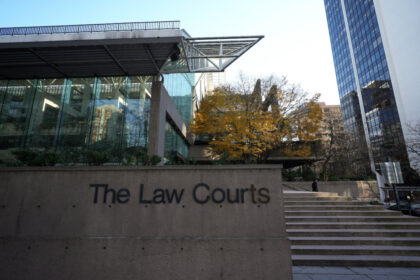New developments in the UK place energy efficiency at their heart. Around 85 percent of new homes today achieve an EPC rating of A or B, which reflects far greater insulation and airtightness than older builds.
Builders now routinely install high-performance insulation, triple‑glazed windows, and advanced ventilation systems. Many projects even exceed existing standards to comply with the Future Homes Standard, which from 2025 will require new homes to generate 75–80 percent fewer carbon emissions than current levels.
Renewable Energy Integration For New Property Developments
Renewable energy is a key feature in modern developments. Solar photovoltaic panels are now mandated on approximately 90 percent of new homes in England, helping households save around £530 yearly on energy costs.
Furthermore, about half of all new UK residential developments will include electric vehicle charging points by 2025, in line with updated building regulations. Some projects, like large eco‑developments, go further with ground‑source heat pumps or district heat networks, cutting energy use dramatically.
Innovative Construction Methods
Modern Methods of Construction (MMC), such as off‑site modular building, are becoming common. These techniques reduce waste, enhance quality control, and lower site pollution. An example is Berkeley’s Kidbrooke Village in London, where modular “Urban House” sections were assembled on-site, alongside a combined heat and power system and 35 acres of green space. See below:

Smart and Sustainable Communities
New housing developments are designed to be more than just homes; they form sustainable neighbourhoods. That means better access to public transport, cycling routes, and shared amenities to reduce reliance on cars . Green spaces, play areas, and biodiversity corridors are priority features. Innovations include green roofs, rain gardens, and spaces for local wildlife.
Low‑Carbon and Recycled Materials For New Property Developments
Developers increasingly use low‑carbon concrete, sustainably sourced timber, and recycled materials to reduce environmental impact (Source: Maslow Capital ESG).
Some schemes, like North‑West Bicester, aim for zero‑carbon, involve rainwater harvesting, and use heat recovery systems to supply excess energy to the national grid. Brownfield sites are favoured whenever possible to preserve greenfield land .
Certifications and Standards For New Properties in the UK
Green build certifications provide independent assurance of sustainability. BREEAM ratings, Passivhaus certification, and compliance with the Future Homes Standard are increasingly common, helping homeowners trust that properties meet high sustainable standards.
Conclusion
Today’s UK property developers are embracing sustainability across the board—from energy and water efficiency to renewables, smart design, and eco‑materials. With nearly 90 percent of new homes set to have solar panels and half offering EV charging, the housing sector is clearly adapting to low‑carbon living. These developments offer long‑term savings for homeowners while creating healthier, more resilient communities for future generations.






